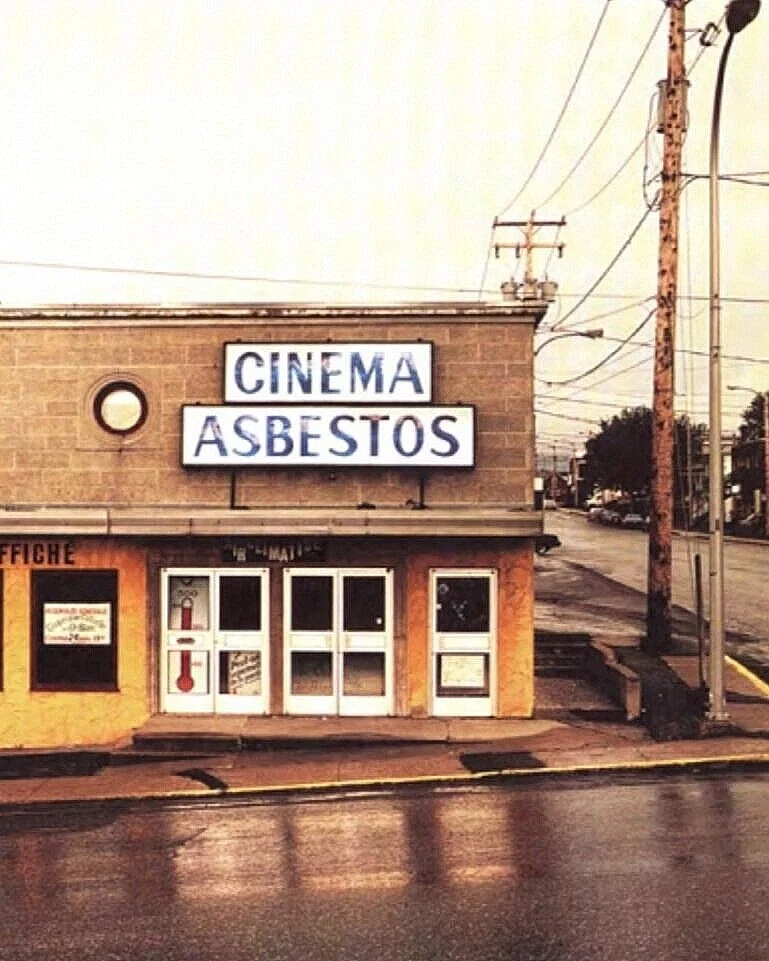Rx 2 / Supper Time
If a man knows nothing but hard times, he will paint them, for he must be true to himself.
- horace pippin
Painted on bound, repurposed planks, Supper Time is an intimate vignette of everyday African-American family life. Horace Pippin (1888-1946) singed prominent horizontal and vertical lines into the wood with a hot poker, creating a strikingly balanced, grid-like composition. The labor of the painting process replicates the labor it depicts: a coal or wood burning stove at the right of the frame is topped with a sputtering frying pan. Frost gathers on the window panes and the door is slightly ajar, highlighting the warm and perhaps even hot interior. Frayed laundry dries against mismatched wooden planks with visible lath.
Two figures are seated at the table, a steaming coffee pot, glass of milk, and cup with saucer before them. The unpainted wooden grain of the woman’s forearm and elbow blends seamlessly into the scene outside the window panes and offsets her crisp white apron. Her cerulean dress is purposefully darkened near the underarms, suggestive of perspiration and repetitive wear. The coral hue of the seated man’s shirt compliments and counterbalances the woman’s blue dress.
A descendant of slaves and born into a family of domestic servants, Pippin was a native of West Chester, Pennsylvania. Pippin served as a member of the famed all-African American 369th infantry in France during World War II, where he sustained a bullet in his right arm. Painting was a means of physical therapy for his permanently paralyzed extremity. He was thus never classically trained and eventually drew the attention of Albert Barnes who was particularly interested in the self-taught artist.
“painting became a means of physical therapy.”
Pippin’s artistic success is remarkable given the fraught racial tension in the U.S. at that time and the many barriers facing Black artists, particularly in museum and gallery representation. An art world outsider with a reputation for portraying life “exactly as I see it,” Pippin was uniquely poised to depict Americana folklore and a disquieting literalism of inequality and poverty. His oeuvre remains a noteworthy visual narrative - part autobiography and memoir, part historical and socio-political commentary, infused with a modernist sensibility.
reflections…
Pippin's work was routinely referred to as “primitive art.” A 1995 New York Times review of the Metropolitan Museum of Art's exhibition, “I Tell My Heart: The Art of Horace Pippin,” states: “[A]frican art and American primitive art are relatively recent arrivals to the world of fine-art museums and their status feels uneasy.” The review goes on to discuss the “exotic” elements of “tribal art,” both categorical qualifications that imply unsophistication, bias, and social inferiority.
Consider clinical terms such as ‘noncompliant’ or ‘unmotivated.’ How do these designations connote a similar stigmatizing bias in the clinical setting? Are physicians inadvertently propagating bias and health inequity by using them? Why do medical educators have a responsibility to critically examine physician implicit bias and to educate trainees accordingly?
Rigorously incorporating critical reflection into various aspects of medical education curriculum has been proposed as a new theoretical framework to better understand implicit bias. How can the medical humanities help to facilitate difficult conversations amongst medical trainees about issues of disparity, controversy, self-awareness, and agency?
sources
Bakke, Katherine, et al. “Exploring Matters of Race through Dialogue in the University of Michigan Medical School’s Longitudinal Case Studies Program.” AMA Journal of Ethics, vol. 16, no. 6, 1 June 2014, pp. 442–449, journalofethics.ama-assn.org/article/exploring-matters-race-through-dialogue-university-michigan-medical-schools-longitudinal-case/2014-06, 10.1001/virtualmentor.2014.16.6.medu1-1406.
“Barnes Takeout: Art Talk on Horace Pippin’s Supper Time.” YouTube, 2 Apr. 2020, www.youtube.com/watch?v=8QVZsnytQKM.
Cotter, Holland. “ART REVIEW; Horace Pippin Captured History With Joy and Acid.” The New York Times, 3 Feb. 1995, www.nytimes.com/1995/02/03/arts/art-review-horace-pippin-captured-history-with-joy-and-acid.html.
Monahan, A et al. “ ‘Working My Thought More Perfectly’ : Horace Pippin’s The Lady of the Lake.” Metropolitan Museum Journal, Jan2017, Vol. 52 Issue 1, p95, 22p
“Pippin’s Story.” National Gallery of Art, 2019, www.nga.gov/education/teachers/lessons-activities/counting-art/pippin.html.






